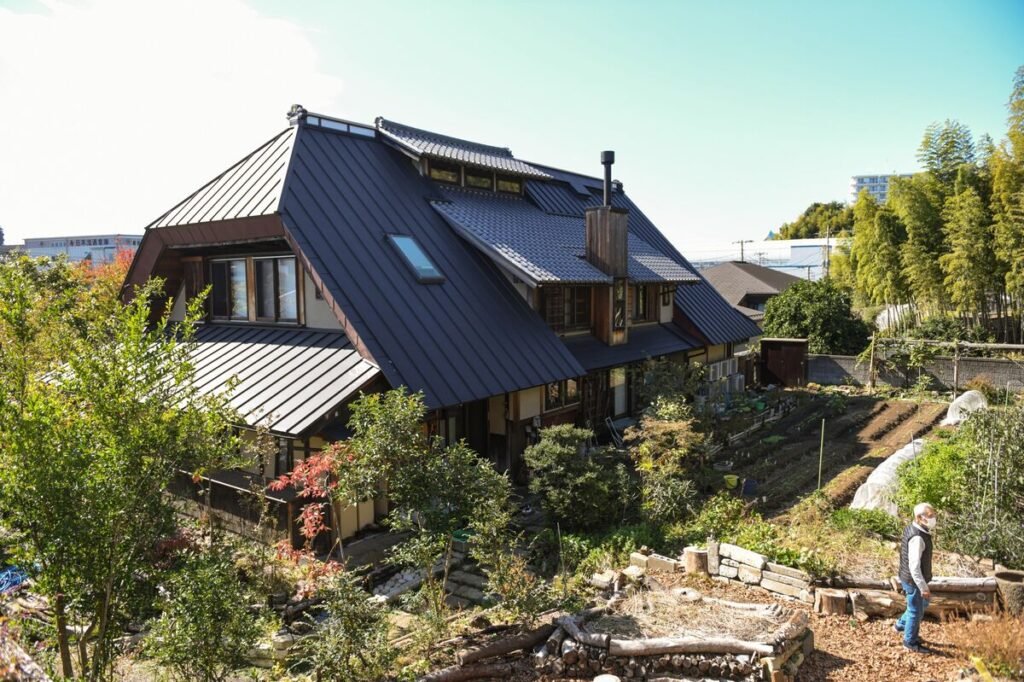Your basket is currently empty!
Revolutionary Materials: Exploring the Future of Sustainable Construction
As the world embraces the urgency of sustainable practices, the construction industry is at the forefront of developing innovative materials that redefine the way we build. This article delves into the exciting realm of revolutionary materials, exploring the future of sustainable construction. By highlighting cutting-edge advancements in eco-friendly materials, we uncover the potential to transform the construction industry and create a more sustainable built environment that minimizes environmental impact while maximizing efficiency and durability.

- Mass Timber: Building with Sustainable Wood
Mass timber is revolutionizing the way we construct buildings, offering a renewable and environmentally friendly alternative to traditional concrete and steel. Engineered wood products, such as cross-laminated timber (CLT) and glued laminated timber (glulam), provide high strength and structural stability. Mass timber construction reduces carbon emissions, promotes forest health, and offers exceptional fire resistance and seismic performance.
- Recycled and Reclaimed Materials: Giving New Life to Waste
Innovative construction materials are being developed using recycled and reclaimed resources. From recycled plastics and glass to reclaimed wood and metal, these materials reduce the demand for virgin resources, minimize waste, and promote circular economy principles. Building with recycled and reclaimed materials not only helps divert waste from landfills but also adds unique character and sustainability to construction projects.
- Carbon Capture Concrete: Reducing Carbon Footprint
Traditional concrete production is a major contributor to greenhouse gas emissions. However, carbon capture concrete technology aims to mitigate this impact by capturing carbon dioxide during the manufacturing process. This innovative approach sequesters carbon dioxide, reducing emissions and transforming it into a durable and sustainable building material. Carbon capture concrete holds immense potential in combating climate change while maintaining the structural integrity of construction projects.
- 3D-Printed Construction: Efficiency and Design Freedom
3D-printed construction presents a transformative approach to building, offering increased efficiency, reduced waste, and unparalleled design freedom. Using additive manufacturing techniques, structures can be printed layer by layer, eliminating the need for traditional assembly methods. This technology enables precise customization, reduces material consumption, and speeds up construction timelines, all while minimizing environmental impact.
- Transparent Solar Panels: Merging Energy Generation and Building Design
Transparent solar panels are poised to revolutionize building design by seamlessly integrating energy generation into architectural elements such as windows, facades, and roofs. These innovative panels harness sunlight to generate clean energy while allowing natural light to pass through. By combining aesthetics with functionality, transparent solar panels provide an elegant solution to reduce reliance on conventional energy sources and enhance sustainability in the built environment.
- Aerogel Insulation: Advancing Thermal Efficiency
Aerogel insulation is a lightweight and highly effective insulation material that offers superior thermal performance. Made predominantly of air, aerogels possess exceptional insulating properties, effectively reducing heat transfer and enhancing energy efficiency. By incorporating aerogel insulation in construction projects, buildings can achieve superior thermal comfort, reduce energy consumption, and lower carbon emissions.
Revolutionary materials are transforming the landscape of sustainable construction, paving the way for a greener, more efficient, and resilient built environment. From mass timber and recycled materials to carbon capture concrete, 3D-printed construction, transparent solar panels, and aerogel insulation, these innovations offer opportunities to reduce environmental impact, improve energy efficiency, and enhance the overall sustainability of buildings. Embracing these revolutionary materials not only addresses the urgent need for sustainable practices but also sets the stage for a future where construction contributes to a more harmonious relationship between human development and the natural world.
Leave a Reply